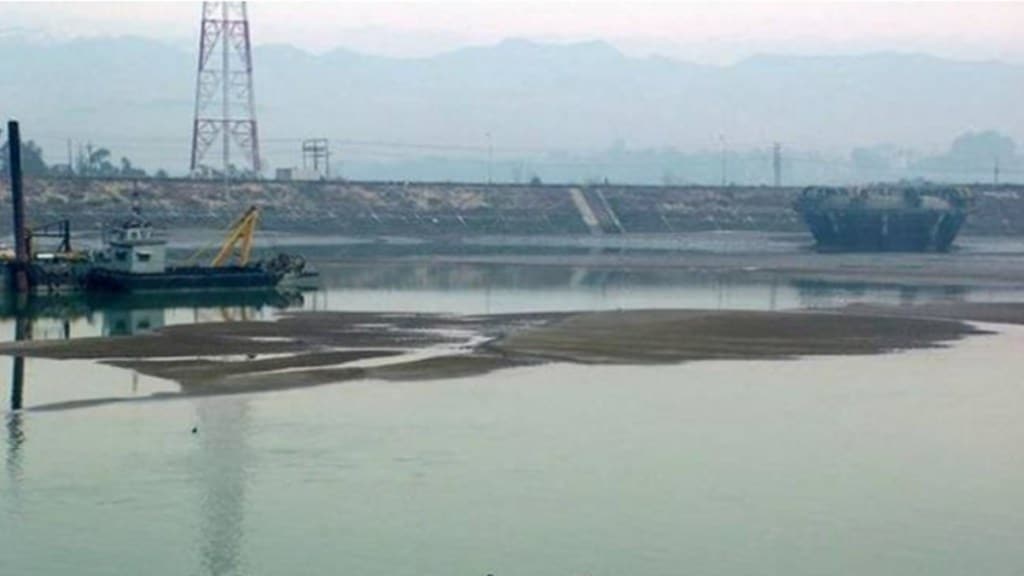Water table in India’s major reservoirs has marginally dropped below the previous year’s level while the stored water is still much above the 10-year average, according to data by the Central Water Commission (CWC) on Thursday.
Currently no large impact on the summer crops such as paddy, oilseeds and pulses is seen as stored water is still much above the 10-year average.
Also read: Wheat procurement up 30% on year
According to the CWC data, water level of the country’s 143 reservoirs stood at 59.79 billion cubic metres (bcm) at present, which is 34% of their combined capacity.
A year ago, the water available in these reservoirs was 59.93 bcm, and the average of the last 10 years was 48.82 bcm.
“Current water level of reservoirs was 99.76% of the live storage of the corresponding period of last year and 122% of storage of the average of the last 10 years,” the CWC stated.
Of the reservoirs whose water levels are monitored by the CWC, 112 are located in the west, central and southern regions.
Water levels in 21 major dams in eastern regions especially in West Bengal, Bihar, Jharkhand and Odisha, have been better than than the corresponding period of last year and less than last 10 years average. In these states, a large segment of the crop area is still rainfed.
In case of 40 reservoirs in southern region and 49 dams in western regions, water level currently is less than corresponding period last year. However, water level currently is more than a last 10-year average.
According to CWC, water level in 10 reservoirs of norther region and 26 dams of central regions have been higher than a year ago period as well as last ten year average.
Meanwhile, the government last week had set a marginally higher target of 332 million tonne (MT) of foodgrains production for the 2023-24 crop year (July-June) against the estimated output of 323.5 MT in the current crop year.
Also read: Niti Aayog seeks consultant to review NHAI debt
The Indian Meteorological Department (IMD) last month had predicted that southwest monsoon rainfall during June-September is likely to be in the ‘normal’ range at 96% of the benchmark long-period average (LPA).
Rainfall between 96-104% of the LPA is considered ‘normal’. IMD will provide the updated forecast on the monsoon rains later this month.
IMD will update the monsoon forecast later this month.

